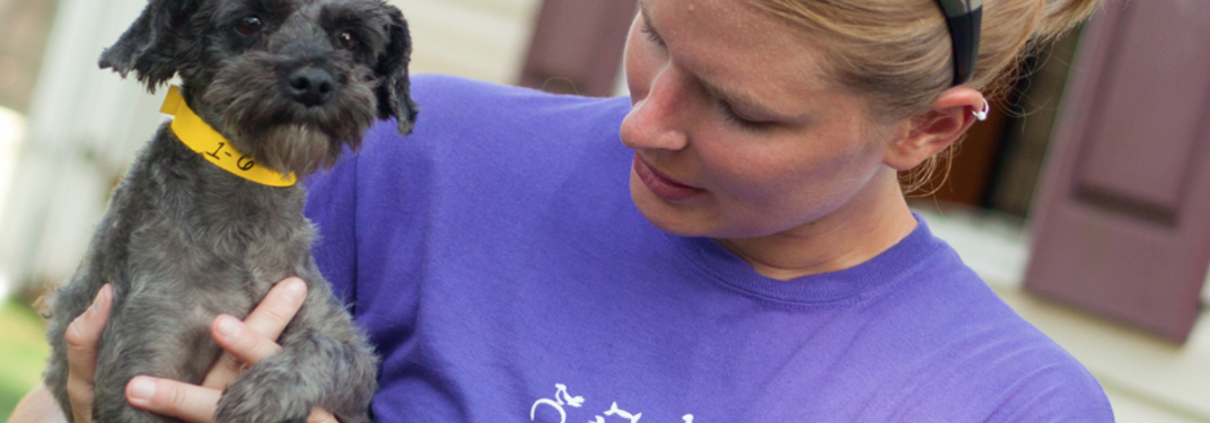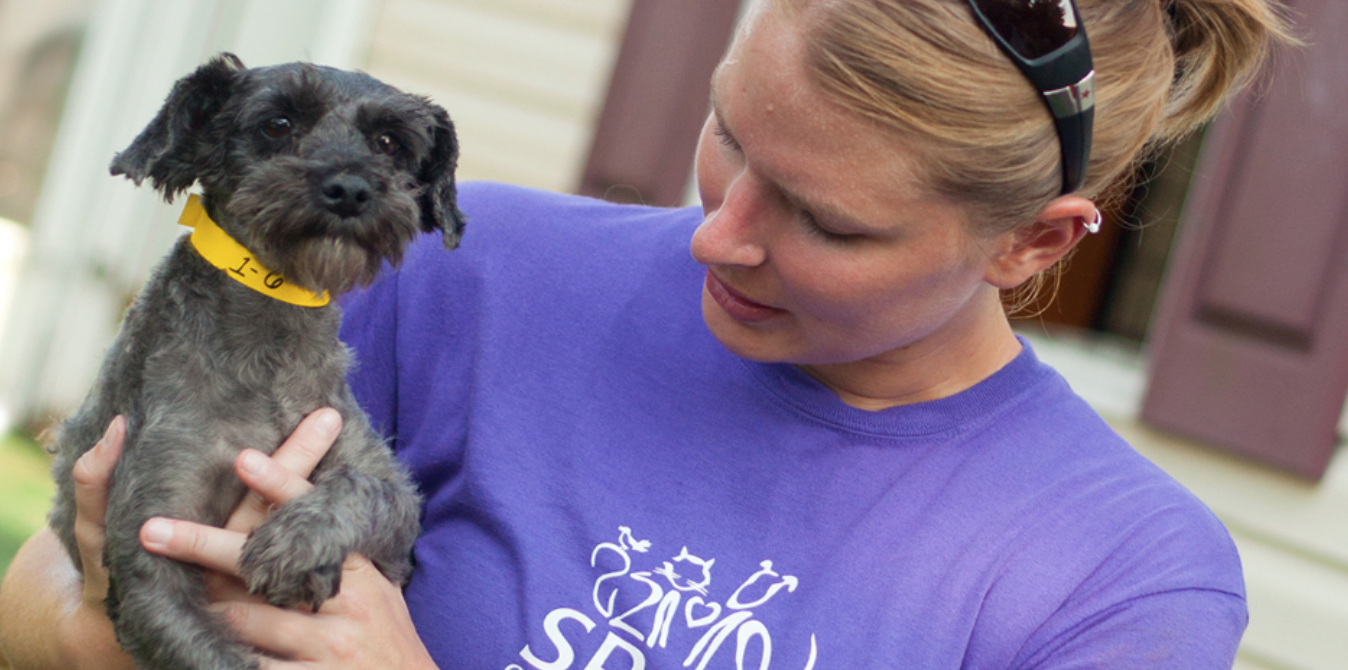7 Tips for an Amazing Donor Cultivation Tour
Planning a donor cultivation tour? Think twice!
You don’t want just any old “show and tell.”
Nope.
If you really want to nail this amazing cultivation opportunity, you need to be very careful about how your tour is set up and run.
You want to create a carefully designed experience.
Receive expert advice. Direct to your inbox. Subscribe
You want to plan ahead exactly WHAT is said and WHEN it is said.
You’ll even go so far as to select each person who will be speaking and coach them on what they will be saying.
Here are some of my favorite tips to help you NAIL a Donor Cultivation Tour.
Here’s how to create something that gets people in the door, and touches your donors’ hearts.
It’s a WIN WIN all around!
1. Have a set time of day, and run your tour week after week.
Hold your tour at the same time week after week.
When you have a set time, it gains visibility in the community – and even inside your organization.
For example: run your tour every Wednesday at 11am. Choose a good time when your facility will be full of people (if this is appropriate). Choose a time that really showcases your good work!
Find out how we can help you achieve your fundraising goals with world-class consulting and custom training.
That way your guests can actually see your organization in action – helping people, changing lives, making a difference.
Tip: When you invite people, you can ask them: Which Wednesday works better for you – this week or next week?
2. Make your tour a formal fundraising “project.”
Give the donor cultivation tour a lot of internal visibility.
Identify a staff member who literally is in charge of the tour project. They will take responsibility for arranging the tours, working with internal staff to schedule and for following-up with guests.
Running these tours can be a big staff commitment, particularly because you should do excellent follow-up or no tours at all!
When the tour gains in visibility and runs often, program and administrative staffers will get more involved and be supportive.
Tip: The more you involve program staffers in the tour, then the better they will understand their role and your overall fundraising goals with the tour.
3. Who to invite to your donor cultivation tour:
Activate your board to identify and invite people.
You might want to invite:
- your major gift prospects (a tour is a great cultivation move)
- your current donors (great for building donor loyalty!)
- lapsed donors (ask them to recommit to your organization)
Tip: Make your tour so amazing that word of mouth spreads around your community and everyone wants to attend at some point.
4. Try holding tours for certain stakeholder groups.
- For example, for an independent school, we had several “Grandparents Tours.”
- For a college capital campaign, we invited our Campaign Steering Committee and their prospects.
- For a rape crisis center dependent on public funding, we created tours for the City Council and County Commissioners.
- For a rescue mission, we invited ALL the faith leaders in town, as well as major philanthropists in the community.
Tip: The first group to go thru the tour should be your Board itself. (It’s a great cultivation opportunity for them too!)
5. Have a board member act as “host” for each tour.
Your board members have a special role: acting as hosts.
That means they do two important functions:
a. They invite people to come on the tours.
When a board member invites someone, it has much more weight than if the staff invites them.
b. A board member should welcome guests at each tour.
All the board member has to say is why they personally believe in your organization. It can be the most powerful part of the tour!
Tip: When board members speak from the heart about why they care, it’s an amazing testimonial!
6. Who speaks on the tour:
Here are some of the people who can speak on your tour:
- your receptionist can talk about who calls your organization for help
- Your program staffers can talk about what it is like to do their work
- Clients (if appropriate) can share their own personal story.
7. What happens during the donor cultivation tour:
- Make it short – only one hour.
- The tour should move quickly – with different people speaking at different locations inside your organization.
- Each person who presents talks only a few minutes.
- Appoint a Tour Host to keep things moving and to encourage your guests to ask questions. This person is essential for moving things along.
Tip: Ask your CEO to share – just for about 10 minutes – her vision of the needs your organization is trying to meet, and what your nonprofit hopes to be and do for your community.
BOTTOM LINE:
I just love tours as donor cultivation tools. If they are well-designed, they showcase your mission in the best possible way.
They are great friend raisers — and great ways to introduce your organization to the broader community.
Do use donor cultivation tours in your fundraising program. You’ll see the results in your fundraising totals.
I”ve organized countless tours for my consulting clients – and they’ve all turned into amazing donor engagement experiences. I’m pleased to share my secrets with you.




